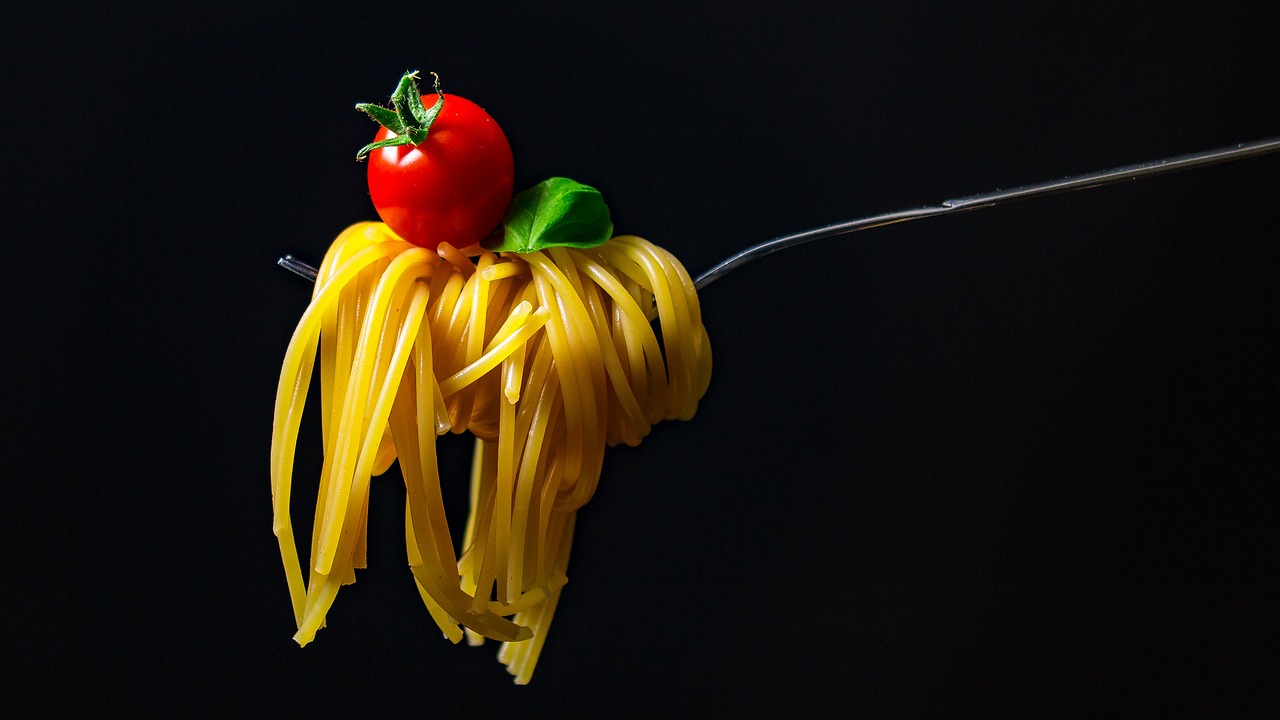Pasta, known for its quick preparation and simplicity, serves as a reliable go-to for busy weeknights and consistently satisfies a diverse audience. If you’ve ever perused a pasta recipe or even just glanced at the instructions on a package of pasta noodles, you’ve undoubtedly encountered the directive “cook until al dente.” Now, the question arises—what exactly does al dente entail, and how can you discern when your pasta reaches this desired consistency?

Al dente, a slight chew with a tiny white dot in the center, is an ideal pasta texture with the perfect level of doneness for pasta that is ready to toss in sauce. It is essential to avoid pasta being mushy or undercooked while tossing in the sauce. Al dente literally means “to the tooth” in Italian and any type of pasta, whether it is penne, fettuccine, rigatoni, or macaroni, can be cooked to Al dente in Kangen Water which is known for its ability to elevate taste and rise nutrition absorption level, resulting in less nutrient passout and better health.
Why Cook Pasta to al dente in Kangen Water
People prefer al dente pasta because it helps maintain dish texture. Al dente pasta won’t lose its shape in sauce or casseroles. Plus, Al dente pasta has a lower glycemic index than fully cooked pasta so it’s easier to digest and can help keep your blood sugar steady.
In addition, boiling pasta in Kangen water means clean and chemical free cooking. This water helps elevate taste, aids in better nutritional absorption, and also makes dishes rich in antioxidants. Kangen water is well known for its ability to absorb nutrients and elevate taste in cuisine while being safer, cleaner, orderless, chlorine-free and tastier drinking water.
How to Cook Pasta to Al Dente
The perfect al dente pasta can be cooked by boiling pasta in liquid for a specific time and sampling the pasta for doneness. A step by step instruction is presented below:
1. Boil : Add the pasta of your choice and salt to taste to a pot of boiling Kangen water.
2. Taste : Start tasting pasta about one to two minutes before the recommended cooking duration stated on the package. When you bite through a piece of al dente pasta, you should see a tiny white dot in the center, indicating the pasta is nearly cooked through. Overcooking the noodles may result in an unpleasantly mushy texture.
3. Drain : Once the pasta is tender and chewy but no longer crunchy, drain the pasta in a colander for serving and toss in a dash of olive oil to prevent sticking together.
4. Toss : Toss the al dente pasta in the sauce that has an internal temperature of at least 65 degrees while reheating for about a minute and enjoy.
Recipes to Try With Al Dente Pasta
With your newfound expertise in achieving al dente perfection, elevate your culinary skills by preparing your own pasta meals like a professional. Dive into the realm of these top-rated pasta dishes:
UNDERGOING
In conclusion, Boiling your pasta to al dente is key, because the pasta will continue to cook in the sauce. Achieving the perfect al dente texture may require some trial and error, as cooking times can vary depending on the type and brand of pasta. With practice, you’ll become adept at determining the ideal moment to stop the cooking process and enjoy perfectly al dente pasta.
P.S If you want to purchase Enagic Water Ionizer or willing to be Enagic Distributior, Click here
To Your Advancement,